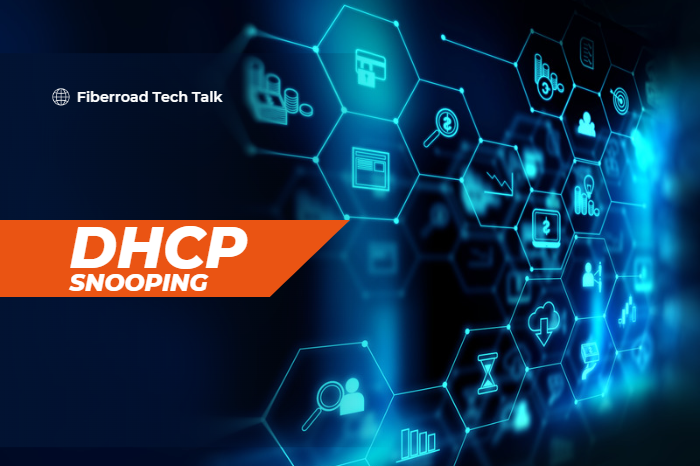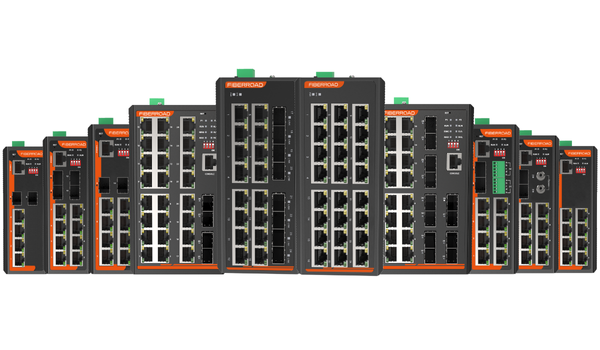Welcome to the fascinating world of IoT, where devices communicate with each other seamlessly, bringing automation and convenience to our lives. Behind this interconnected network lies a crucial element known as serial communication. … Continued

LLDP vs CDP Discovery Protocol: Understanding the Differences
In this blog post, we’ll delve into what LLDP and CDP are, highlight their unique features, explore their advantages and disadvantages, and help you choose which protocol will work best for your specific needs. So sit back, relax, grab a cup of coffee (or tea), and let’s dive in! … Continued

What is DHCP Snooping And Why Should You Use It?
When DHCP snooping is enabled on a switch or router, the device will keep track of which ports are allowed to send and receive DHCP messages. Only messages from trusted sources will be allowed through, while all others will be blocked. This can help to prevent malicious devices from spoofing DHCP messages and disrupting network connectivity. … Continued

What Is DHCP? A Simple Guide To Understanding IP Address Assignment
DHCP (Dynamic Host Configuration Protocol) is a network protocol used to automatically assign IP addresses to devices on a network. DHCP is typically used when connecting new devices to a network or when changing the IP address of an existing device.When a device is connected to a network, it will send out a DHCP request in order to obtain an IP address. … Continued

What Is SNMP And How Does It Help You Monitor Network Performance?
SNMP, or Simple Network Management Protocol, is a standard communications protocol used for monitoring and managing network devices. SNMP allows network administrators to manage network performance, identify and resolve network problems, and monitor network activity. … Continued

Industrial Ethernet Glossary
Industrial Ethernet Glossary Industrial Ethernet communication Protocols Ethernet is becoming ubiquitous and cost-effective, with common physical links and increased speed. As such, many industrial communication protocols are moving to Ethernet-based solutions. Ethernet communications with TCP/IP typically are non-deterministic, and reaction time is often around 100 ms. Industrial Ethernet protocols use a modified Media Access Control … Continued

WDM Technology of Things
Wavelength Division Multiplexing (WDM), A WDM technology that multiplexes several optical carrier signals onto a single optical fiber by using different wavelengths (i.e., colors) of laser light. This technique enables bidirectional communications over a single strand of fiber, also called wavelength-division duplexing, as well as multiplication of capacity. Transmission from combined sources is separated at … Continued

What’s the difference between MAC and IP Addresses?
Have you ever wondered what the difference is between a MAC address and an IP address? If so, then you’re not alone! These two types of addresses are essential components of networking protocols, but they serve very different purposes. In this blog post, we’ll take a closer look at the differences between MAC and IP … Continued

VLAN Explained: What is VLAN, How does it work?
A VLAN is a virtual LAN that allows you to segment your network without the need for physical segmentation logically. VLANs are very flexible and can be used to provide security, flexibility, and performance benefits. VLANs work by encapsulating Ethernet frames with a VLAN header that contains the VLAN ID. This ID is used to identify which devices are on which VLAN. … Continued

What Is Quality Of Service (QoS) And How Can You Use It To Improve Your Network Performance?
Quality of Service (QoS) is a key component of any successful network. It ensures that your data is delivered to its destination on time and without interruption or corruption. This can help to improve the performance of your network, as well as the experience for users connected to it. … Continued







